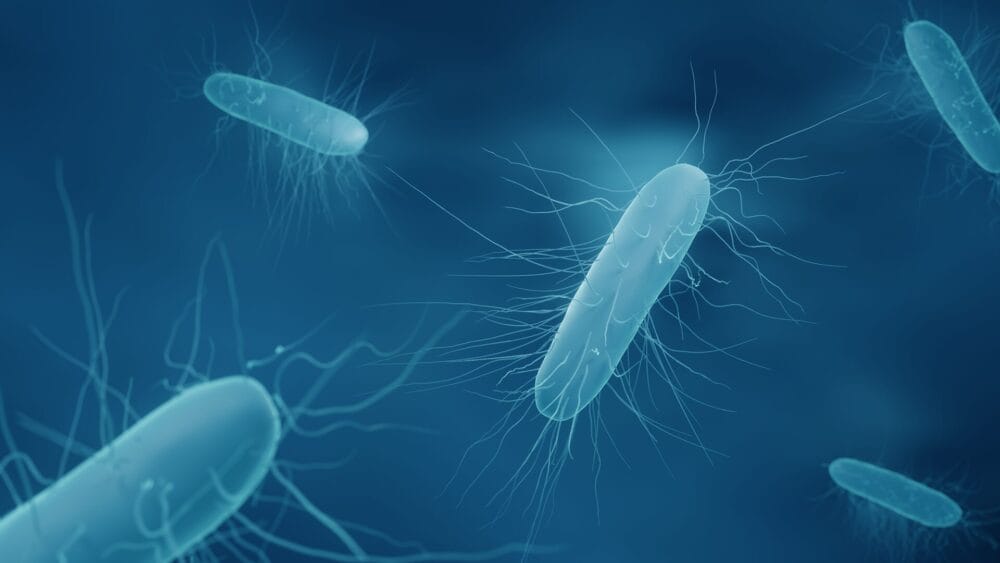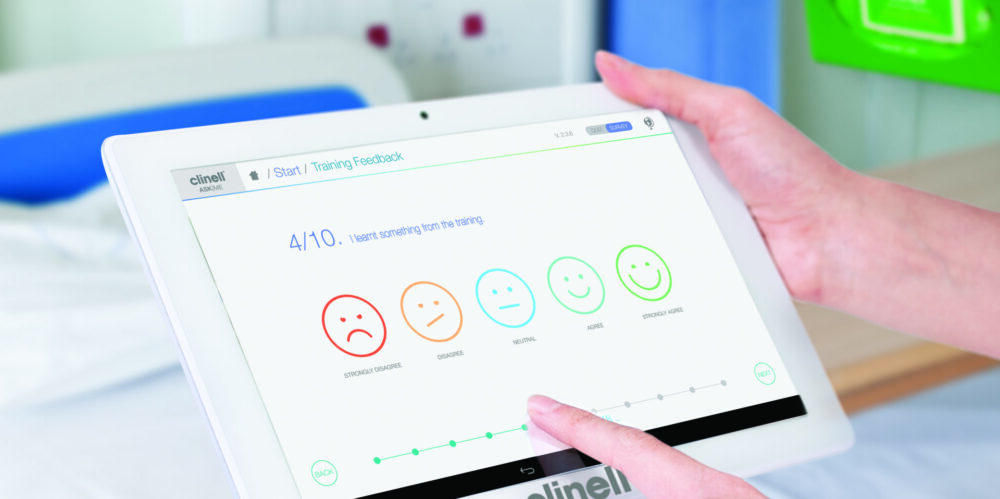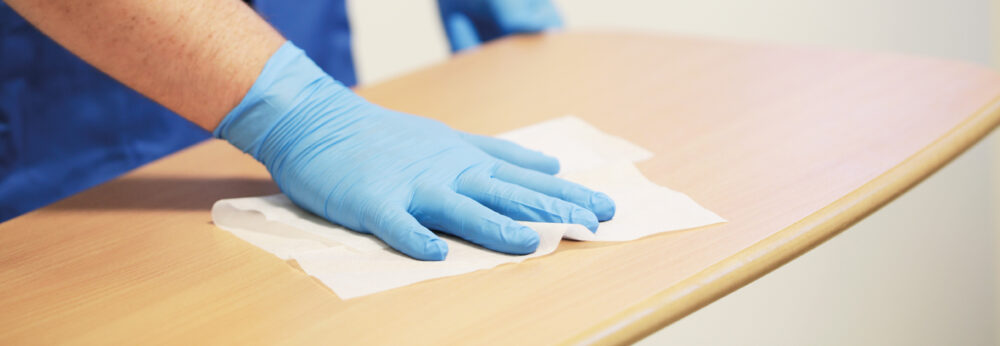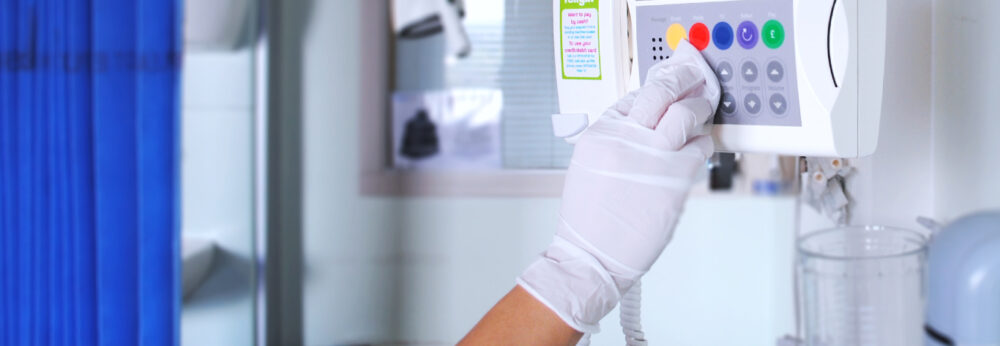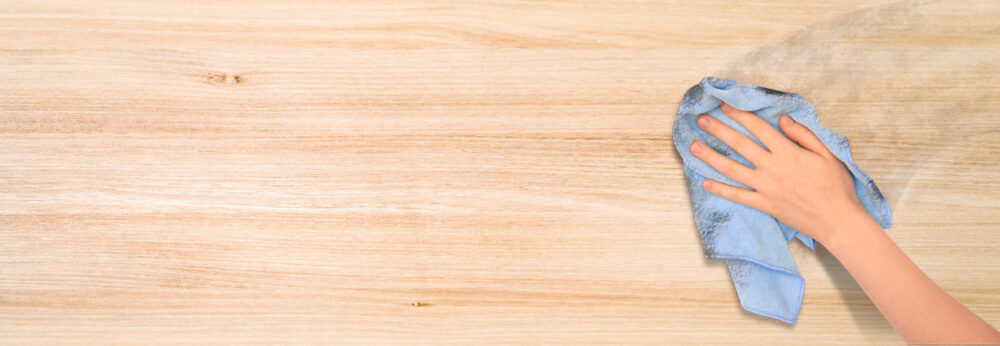Posts Tagged ‘SURFACE DISINFECTION’
Norovirus and gastroenteritis outbreaks, the party ‘pooper’ you don’t want invited!
Recently, on 11 October 2024, NSW Health issued a health alert regarding a surge in gastroenteritis cases, highlighting the need to explore norovirus. Norovirus is infamous for being one of the most common causes of viral gastroenteritis and is estimated to account for >90% of all gastroenteritis.1 It is estimated that over 50% of all…
Read MoreConfronting the hidden threat of C. diff
The power of effective surface decontamination The hidden threat of pathogens like Clostridioides difficile (C. diff) presents a formidable challenge to infection control efforts in healthcare facilities.1 C. diff is an anaerobic, spore-forming, Gram-positive bacterium commonly causing gastrointestinal disease. It spreads through direct or indirect contact between individuals and C. diff infection (CDI) is often…
Read MoreWiping out MRSA using Clinell “green” wipes
We discuss how introducing one-step Clinell Universal Wipes at University Hospital Birmingham was associated with a significant 55% reduction in the rate of MRSA acquisition. Clinell Universal led to a 55% reduction in the rate of MRSA acquisition A study published by scientists from University Hospital Birmingham evaluated the impact of introducing the one-step Clinell Universal Wipes (which both clean…
Read MoreImproving hospital cleaning and disinfection
This post shares the findings of a recent study exploring improving hospital cleaning and disinfection through streamlining product and enhanced training. A team working in Lanarkshire, the third largest health board in Scotland, has recently published a study evaluating the impact of an intervention to improve hospital cleaning and disinfection through the implementation of pre-impregnated wipes combined…
Read MoreLet’s not forget MRSA and the risk from contaminated surfaces
There’s been understandably a huge amount of discussion about the possible role of contaminated surfaces in the transmission of the SARS-CoV-2 virus that causes COVID-19. But let’s not forget the important and established role that contaminated surfaces play in the transmission of other important pathogens. There’s strong evidence that MRSA transmission dynamics can include contaminated…
Read MoreEnvironmental contamination risk from asymptomatic SARS-CoV-2 infection
There is emerging evidence that contaminated surfaces play a role in the transmission of the SARS-CoV-2 virus that causes COVID-19. This is in line with the diverse transmission routes of other respiratory viruses such as SARS-CoV-1 and influenza. One of the key features of SARS-CoV-2 is the documented spread from people with asymptomatic and pre-symptomatic infection. A new study has identified…
Read MoreModelling the spread of SARS-CoV-2 from surfaces in clinical settings using a DNA marker
The principle transmission route for the SARS-CoV-2 virus that causes COVID-19 is through respiratory droplets. Indirect transmission of these droplets to a susceptible person through contaminated surfaces may play an important – and underplayed – role in the transmission of SARS-CoV-2. A study from scientists at UCL and Great Ormond Street Hospital (GOSH) uses a DNA marker…
Read MoreAssessing the risk of hospital transmission of COVID-19
As hospitals move past the peak of the COVID-19 pandemic, the risk of hospital-transmission looms large. Elective services will reopen and patients who have not been exposed to COVID-19 as a result of the broadly successful lockdown will come into hospitals and risk exposure to patient (and staff) with COVID-19 infections. How big is this…
Read MoreHealthcare Infection Transmission Systems (HITS) Conference Summary
It’s the second time I’ve had the pleasure to speak at Healthcare Infection Transmission Systems (HITS) conference. The conference launched in 2017 and since then, provides an excellent platform for industry and academia to exchange knowledge, ideas and expertise. As always, there was a lot of excellent presentations and thought- provoking debates. The main areas…
Read MoreMicrofibre and water isn’t magical
There’s a word on the street that microfibre combined with water is suitable for all cleaning challenges. But a study from Prof Jean-Yves Maillard’s lab in Cardiff suggests that water and microfibre alone achieves only a moderate removal of bacteria from surfaces and readily transfers bacteria between surfaces. Adding disinfectants to microfibre enhances their efficacy considerably. The…
Read More
